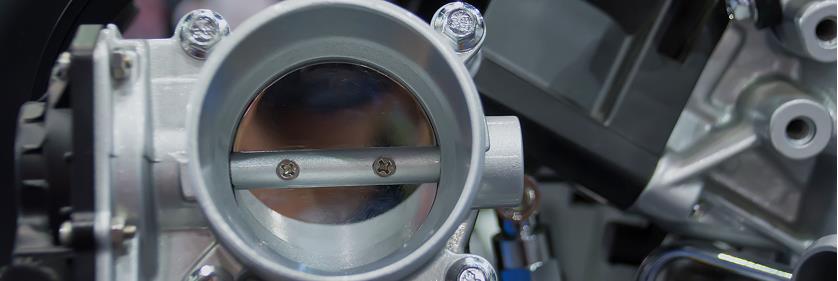How PFPE-based Lubricants Help to Create a Quieter, More Comfortable Riding Experience
Although today's cars are engineered to offer smoother rides and quieter interiors, that improved sound insulation from road and engine noise makes it easier to hear outside noises and rattles. Unfortunately, most standard greases cannot adequately address these automotive noise, vibration, and harshness (NVH) and buzz, squeak, and rattle (BSR) challenges. Regular greases also can react chemically with materials they contact, which leads to part degradation and discoloration.
Just as automotive manufacturers have adopted design innovations to address NVH and BSR — like optimizing tire tread to reduce road noise and using foam and insulation to reduce cabin rattles and noise — they're also turning to a class of high-performance lubricants which more effectively reduce or eliminate these squeaks and rattles than silicone-based lubricants.

Throttle Body in Electric Vehicle
This class of perfluoropolyether (PFPE)-based lubricants delivers the performance and longevity that today's cars require, including chemical inactivity, durability, compatibility with a diverse range of materials used in vehicle construction, and low volatility.
Download our white paper, Eliminating Noise, Vibration, and Harshness (NVH) to Preserve Interior Quietness. The white paper discusses the benefits of using Krytox™ performance lubricants, which are better equipped to handle the performance demands that have resulted from using new materials and technology to address NVH and BSR in modern automobile manufacturing and production.
Download this white paper to learn how Krytox™ high-performance lubricants offer a longer lifespan, have low volatility, and help to provide a quieter, more comfortable ride.



